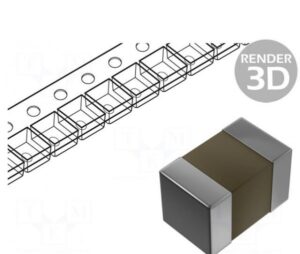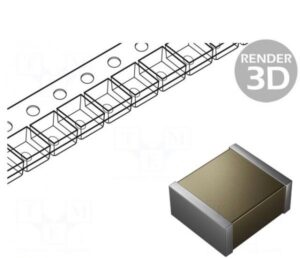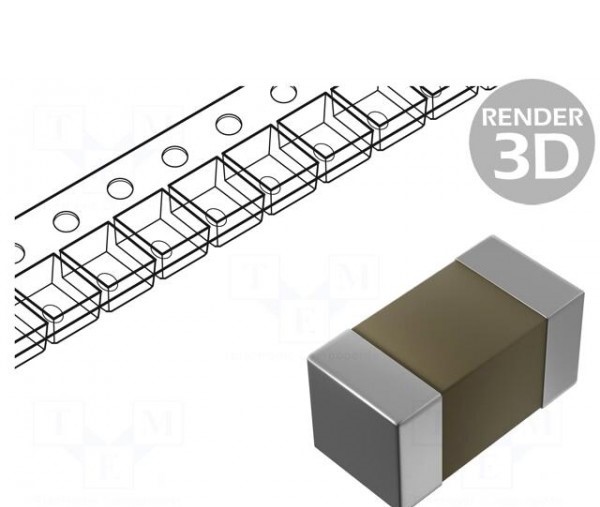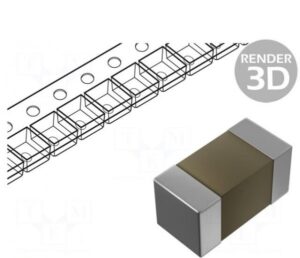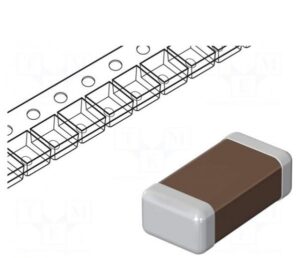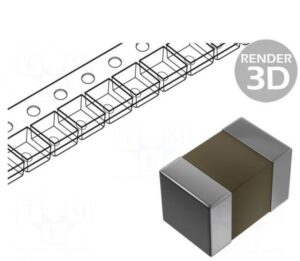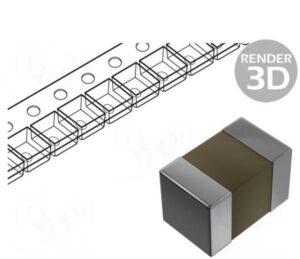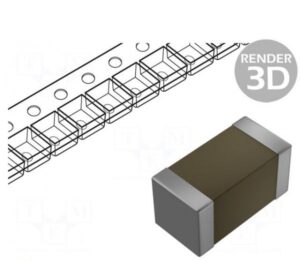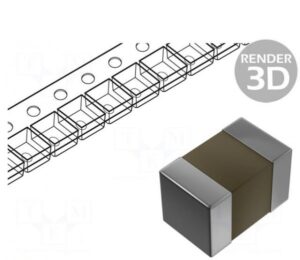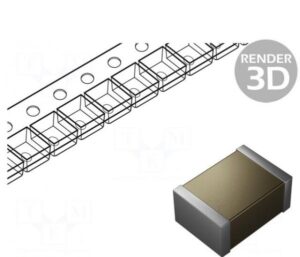Capacitor: ceramic | MLCC | 470pF | 50V | C0G (NP0) | ±1% | SMD | 0603
0.43€
This capacitor is ideal for use in high-frequency or precision applications where minimal variation in capacitance and stable performance over temperature and voltage changes are required.
SKU:
EB1287432455
Category: Capacitor
Description
Explanation:
- Ceramic: The capacitor uses ceramic material as its dielectric. Ceramic capacitors are known for their reliability, low cost, and compact size, making them ideal for a wide range of applications.
- MLCC: Multilayer Ceramic Chip Capacitor. This type of capacitor is built by stacking multiple layers of ceramic dielectric material, allowing for higher capacitance values and better overall performance compared to single-layer capacitors.
- 470pF: The capacitance value is 470 picofarads (pF), which is commonly used in high-frequency applications, such as in signal filtering, tuning, and decoupling in electronic circuits.
- 50V: The maximum rated voltage is 50V DC, meaning the capacitor is designed to safely operate up to this voltage without breaking down or failing.
- C0G (NP0): C0G (also known as NP0) is a type of ceramic dielectric that offers excellent stability with very low temperature and voltage coefficients. C0G (NP0) capacitors are ideal for precision applications as they exhibit very little capacitance drift across temperature and voltage variations.
- ±1%: The tolerance of the capacitor, meaning the actual capacitance may vary by ±1% from its nominal value.
- SMD: Surface-Mount Device. This indicates that the capacitor is designed for mounting directly onto the surface of a printed circuit board (PCB), a common mounting type for modern electronic devices.
- 0603: The package size is 0.06 inches x 0.03 inches (1.6 mm x 0.8 mm), which is a small and commonly used size for surface-mount components.
This capacitor is ideal for use in high-frequency or precision applications where minimal variation in capacitance and stable performance over temperature and voltage changes are required.
Delivery information
Estimated delivery time: 1-4 working days

 Eesti
Eesti Русский
Русский
